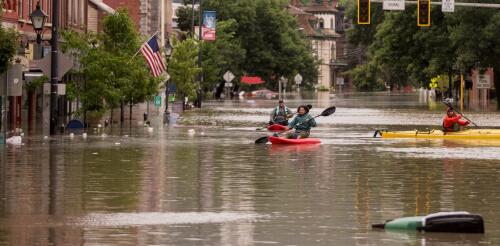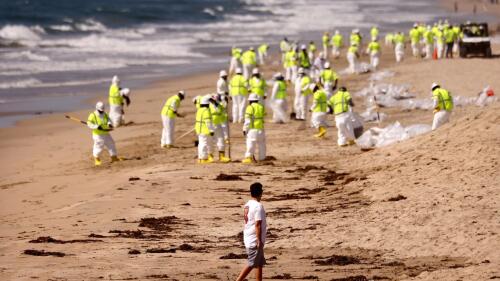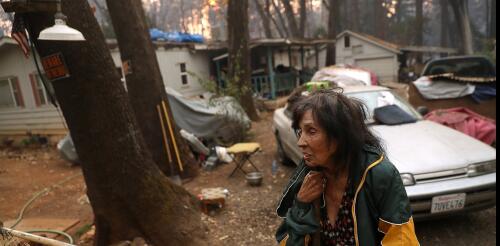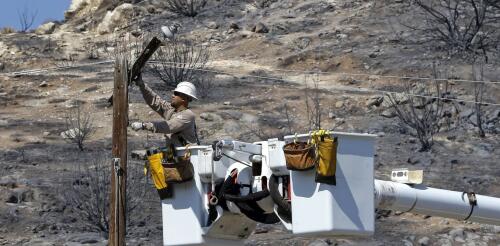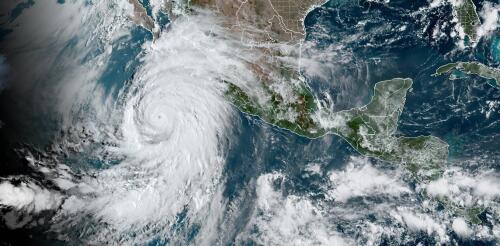California
The year 2023 was marked by extraordinary heat, wildfires and weather disasters. In the U.S., an unprecedented heat wave gripped much of Texas and the Southwest with highs well over 100 degrees Fahrenheit (37.8 Celsius) for the entire month of July. Historic rainfall in April flooded Fort Lauderdale, Florida, with 25 inches of rain in 24 hours. A wave of severe storms in July sent water pouring into cities across Vermont and New York. Another powerful system in December swept up the Atlantic coast with hurricane-like storm surge and heavy rainfall. The West Coast started and ended the year with flooding and mudslides from atmospheric rivers, and California was hit in August by a tropical storm – an extremely rare event there. Wildfires ravaged Hawaii, Louisiana and several other states. And Canada’s worst fire season on record sent thick smoke across large parts of North America. A person walks through a scene of destructio...
The civil suit was filed in San Francisco
As wildfires burn across the Western U.S., the people in harm’s way are increasingly those least able to protect their homes from fire risks, evacuate safely or recover after a fire. In a new study, we and a team of fellow wildfire scientists examined who lived within the perimeters of wildfires over the past two decades in Washington, Oregon and California – home to about 90% of Americans in the U.S. West exposed to wildfires over that period. Overall, nearly half a million people in California, Oregon and Washington were exposed to wildfires at some point during the past 22 years. Alarmingly, about half the people exposed to wildfires in Washington and Oregon were considered socially vulnerable. While the number of people exposed to fire rose overall, the number of socially vulnerable people exposed more than tripled between the first and second decades. How social vulnerability affects fire risk A variety of factors shape social vulnerability, including wealth,...
Maui County is suing Hawaiian Electric, claiming the utility was negligent for not shutting off power as strong winds hit the island in the hours before the city of Lahaina burned. While the cause of the devastating Aug. 8, 2023, wildfire is still under investigation, forecasters had warned that powerful winds were expected, and West Maui had exceptionally dry conditions that put it at high risk for wildfires. In many cases, however, deciding to shut off power isn’t as simple is as it might sound. We asked Tim Lieuwen, executive director of the Strategic Energy Institute at Georgia Tech, about the risks and trade-offs utilities have to weigh in deciding how to respond during fire-risk conditions. Why are utilities so often suspected in fires? There are a lot of ways that utility lines, particularly high-voltage lines, can spark fires. If tree branches are too close to the lines, electricity can arc between the line and the tree. Old equipment can set off sparks. If the w...
Tropical Storm Hilary made landfall on Mexico’s Baja peninsula, and its damaging wind and heavy rainfall moved into Southern California on Aug. 20, 2023. For the first time ever, the National Hurricane Center had issued a tropical storm watch for large parts of Southern California. Forecasters warned of a “potentially historic amount of rainfall,” and the governors of California and Nevada declared states of emergency. Hurricane scientist Nick Grondin explained ahead of landfall why the storm, with help from El Niño and a heat dome over much of the country, could bring flash flooding, wind damage and mudslides to the region. How rare are tropical storms in the Southwest? California had only one confirmed tropical storm landfall in the past. It was in September 1939 and called the Long Beach Tropical Storm. It caused about US$2 million dollars in damage in the Los Angeles area – that would be about $44 million today. A hurricane in 1858 came close bu...
